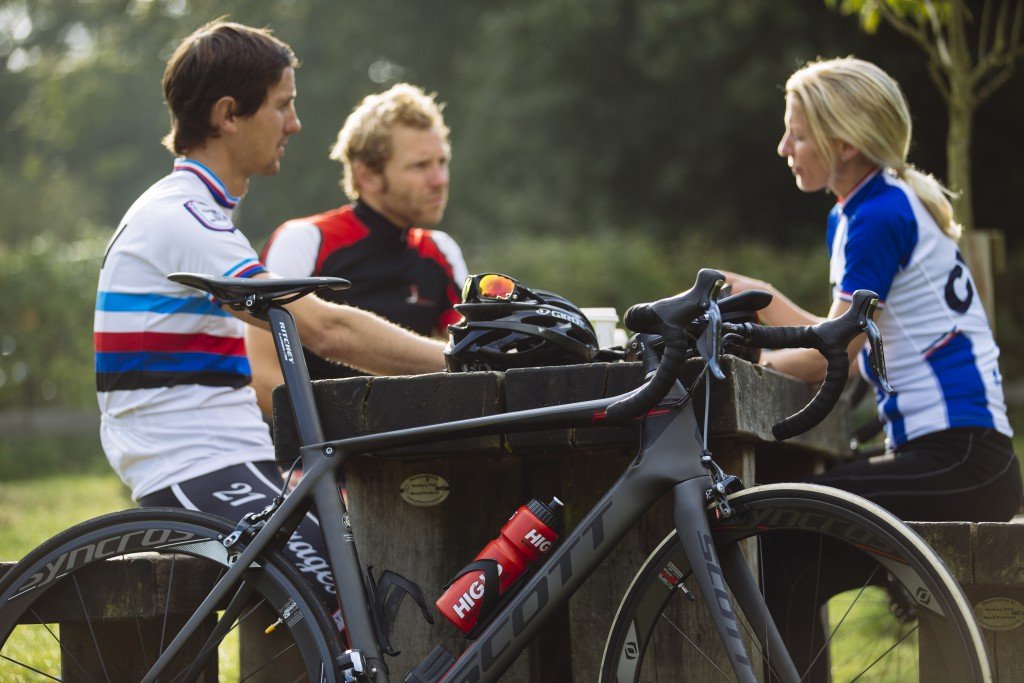We spoke to roving reporter and age group triathlete Garry Laybourne a few weeks ago about the huge gains you can make in your training, just by signing up to your local club. But with a new club comes, for many of us, a need to impress. David Burrows talks of the dangers of going all out on the club rides, and the science behind how this can derail your training.

We’ve just moved house. New town. New office. New nursery. New friends. New cycling/triathlon club. I’ll probably be as nervous on my first day at the latter as my son will be when he enters his pre-school room. Though his will be only three-feet tall, we’re both facing a group of strangers.
Thankfully my last club had very few people much taller than my son’s new pals, so at least when I turned up to the first cycling session I didn’t feel physically threatened – at least until we started cycling.
Some of the toughest rides I have done are the first few when joining a new club. I’m sure most of you would feel the same. I wanted to impress. At first the ladies, then the men – my sexual orientation hadn’t changed, I’d simply married a fellow club-member and become gradually more competitive.
A competitive nature is no bad thing in sport. Indeed, there’s a theory that 90% of performance is mental, with the other 10% physical. That’s a massive oversimplification and the ratio depends on a number of factors, not least the sport. But it does pay to stop and think before you rock up to your next group ride and spend the ensuing few hours with your foot down hard.
“From my experience of being a club rider the dynamics of weekend group rides – particularly males [with their testosterone] – competitive instincts can kick in and the pace gets ramped up often resulting in a four to five hour ride done at near or excess of threshold,” says Dr Angus Hunter, director of research at the University of Stirling’s School of Sport.
The result? Three to four days of recovery, “meaning any attempts at midweek high intensity rides are suboptimal therefore compromising adaptation”. As Ali G would say: Easy now.
On the other hand, pursuit riding in a bunch lets people take a turn on the front and do some really intense repeated efforts, says Hunter’s colleague, Stuart Galloway. The trick is finding the right balance. That isn’t easy in a group with mixed ability – the stronger cyclists (and often the newbies) can find themselves doing more than their fair share of the work.
It’s a quandary. Hunter and Galloway have done quite a bit of research on training intensity, and the chances are that club riders will often be riding “too hard on their easy sessions and not hard enough on their hard sessions”.
Making the hard sessions harder and the easy sessions easier will produce better results, they say. So, the longer rides should be “relatively slow”. Don’t always hide in the middle of the group, but equally don’t spend the whole ride leading the way.
This balance will aid recovery – which of course is another important reason to join a new club. That first social event could also produce some butterflies for the more reticent among us. But remember, these are like-minded people and each one of them was a club virgin at some point.
David Burrows is an environmental journalist, cyclist/triathlete, meat-reducer, father of two young-uns and faffer.
Twitter: @envirobuzz